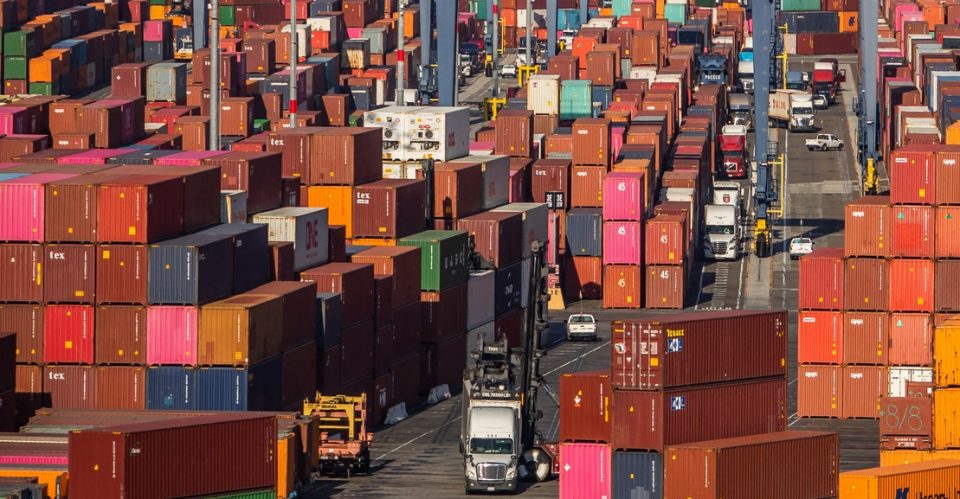The trouble is in conflating self-interested risk assessment with a plan for reducing emissions within what are in some cases fabulously carbon-intensive industries. If they formed a country, the world’s 18 largest banks and asset managers would be the world’s fifth-largest emitter, according to a study from the Center for American Progress and the Sierra Club. In the five years after the Paris Agreement was first brokered in 2015, major banks now cashing-in on sustainable investment trends have financed $3.8 trillion worth of fossil fuel projects. Just eight supply chains—for fashion, automobiles, electronics, construction, food, freight, “fast-moving consumer goods,” and professional services, including consultants—account for half of greenhouse gas emissions. The bulk of those emissions aren’t produced in final manufacturing (say, assembling a car), but are embedded in agriculture, source materials, and shipping that typically fall under the purview of several different contractors and subcontractors that rarely share emissions data with one another.
The U.S. military is the world’s single largest institutional emitter of fossil fuels and the federal government’s biggest consumer of fossil fuels. Conveniently, it was also excluded from the White House’s recent executive order mandating the federal government work toward net-zero goals. And just a handful of countries have opted to include military emissions in their nationally determined contributions to the Paris Agreement; they’re voluntary under that pact. So the gargantuan, $768 billion National Defense Authorization Act for Fiscal Year 2022 that passed with broad bipartisan support in the House and Senate, and which President Biden signed this week, could carry a carbon footprint larger than a slashed version of Build Back Better might ever hope to cancel out. As The Boston Globe’s Dharna Noor reported, the only climate provision included in the defense budget is one requiring the Defense Department to submit annual reports on how it intends to reduce greenhouse gas emissions.
The sectors most critical to the climate fight are also those most central to the functioning of the global economy. Through a combination of political expedience and economic necessity, carve-outs exclude the very industries whose emissions need to be most drastically reduced. More often than not, their voluntary responses to cutting carbon don’t examine the ways they’re actively fueling the crisis: Airline and shipping, for instance, have each leaned heavily on carbon offsets. Finance has trumpeted its token green funds while continuing to invest in fossil fuels, something that isn’t a problem considering the lack of rules around what fits under the widening ESG umbrella. The question is whether these critical sectors will be made to account for their contributions to the climate crisis or deemed too critical to have to make cuts after the current wave of supply chain–hype has subsided.


